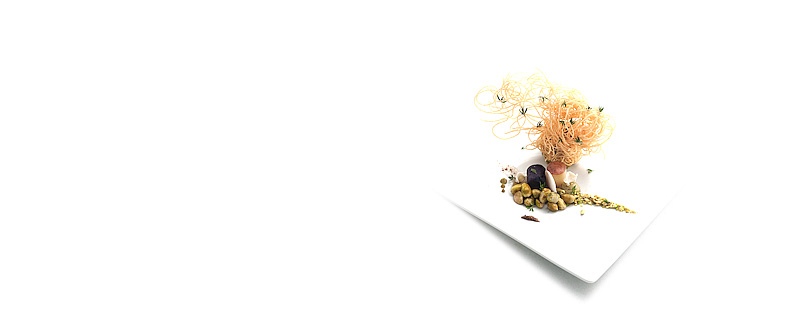
I’m not gonna lie, the past couple of dishes have been a little stressful for me. On top of that, I realize I’ve stacked the deck with this cookbook a little poorly; most of the remaining dishes I have are difficult and require a fair bit more planning than the very earliest dishes I did. If I could offer advice to anyone cooking through a cookbook, I’d say not to do all the easy ones first and the hard ones last. Save some of the easy ones to the final days; they can be a nice respite from the hard planning and shuffling around that’s involved with the more complex dishes. Also, when your partner’s patience with your messy, time-consuming hobby wears thin, it’s nice to be able to bang out a dish in a shorter amount of time so that you still have space in the weekend to do laundry, taxes, and clean the upstairs bathroom.
It turns out this dish was such a respite; none of the ingredients are particularly-difficult and, incredibly, I managed to complete this thing start-to-finish in around 4 hours (which, in Alinea speak, is pretty damn fast). One could argue that it just brings to bear all the trinkets and bits of knowledge I’ve gathered over the years (I knew Bison can be bought at the SF ferry market grocery store, but not in Berkeley, e.g.). But nevertheless, it was almost relaxing, which made it a lot of fun.
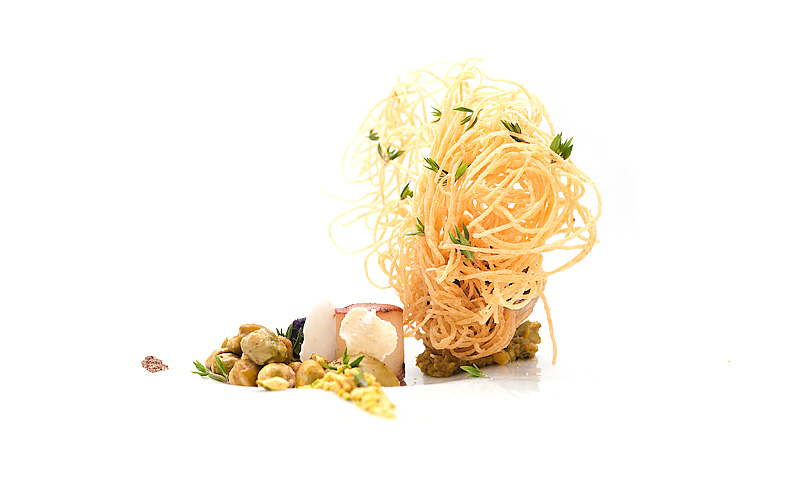
A small medallion of bison is wrapped in a nest of incredibly delicate potato threads; this assembly sits atop a mixture of braised pistachios and pistachio puree. Nearby are a couple of small marble potatoes, more braised pistachios, a small pile of spice powder, and some spice ‘gel’. The whole assembly is finished with thyme and a light sprinkling of more spice powder.

The spice powder itself is made from allspice berries, black peppercorns, and cassia buds. These spices are toasted lightly, then ground into a powder and mixed with a bit of salt.
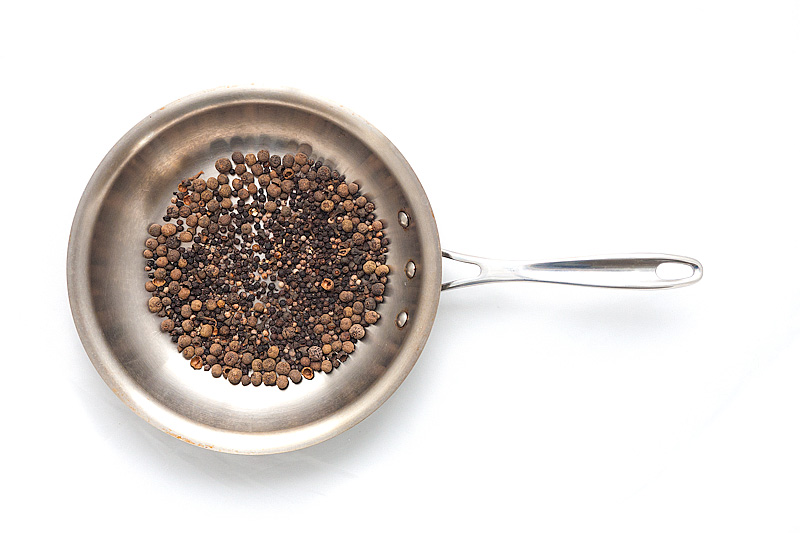
The spice gel uses similar spices; allspice, black pepper (and in mine I used some long pepper too), cassia, salt, sugar, and some vinegar (the recipe calls for white wine vinegar, though I made a batch of maple vinegar a while back that I thought would taste lovely with these spices, so I used that). These ingredients are all combined, brought to boil with some water, then set into a gel with agar before being blended into a pudding.
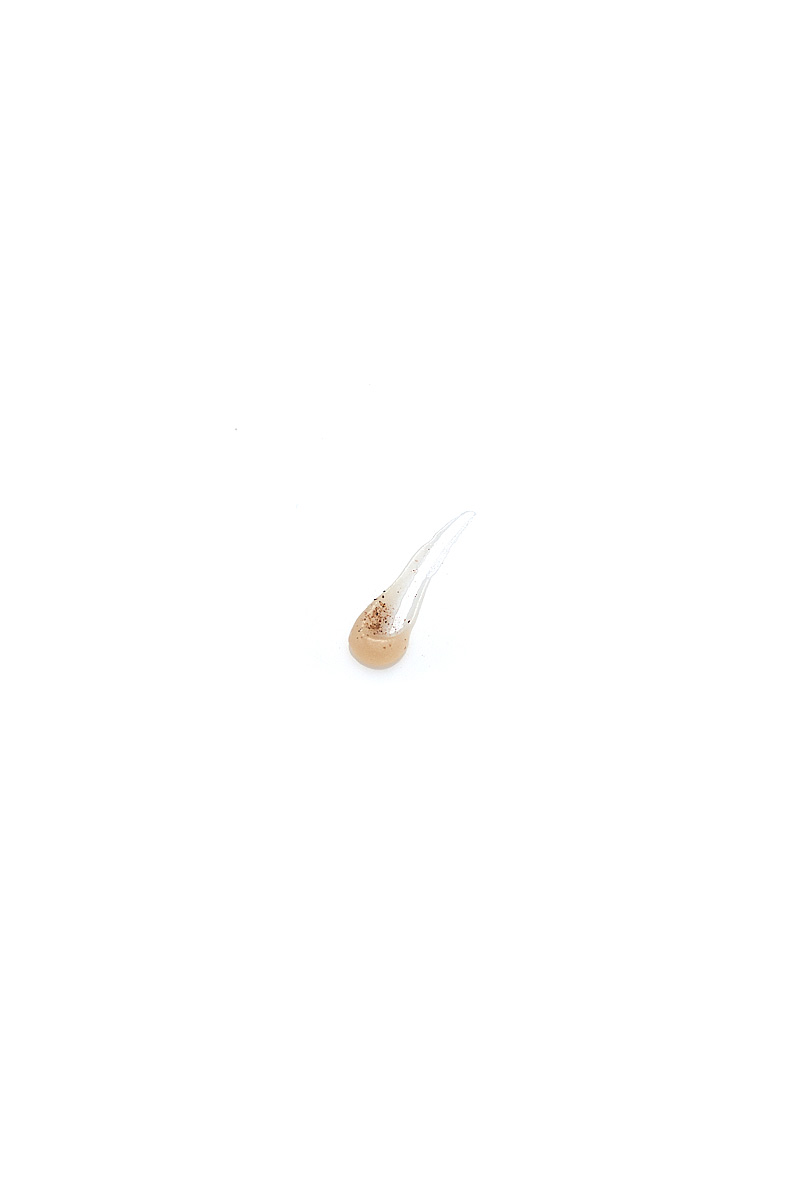

To braise pistachios, I cooked several handfuls of raw, unroasted pistachios in a mixture of water, butter, and salt at a low simmer for about a half hour. The pistachios take on a tender quality sort of like a freshly-cooked bean.
Side note: again the recipe here calls for Iranian Pistachios (I first came across these here), and the photographs in the book make the pistachios appear black. I can’t quite figure this out; I can’t find anything when I google “black pistachios”, and “iranian pistachios” seem to be green and look pretty much like californian pistachios (according to google image searches).
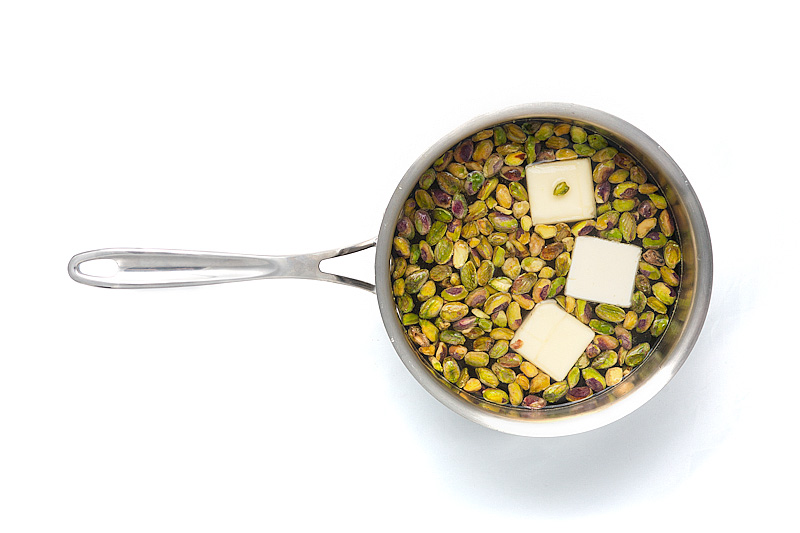
I noticed after the braising process that the brown skins on the pistachios had partly come loose. They looked a little unappealing, but came off easily if I rubbed them. Because I thought the peeled, skinless pistachios looked much prettier, I took a few moments to go through each one and remove the peel.
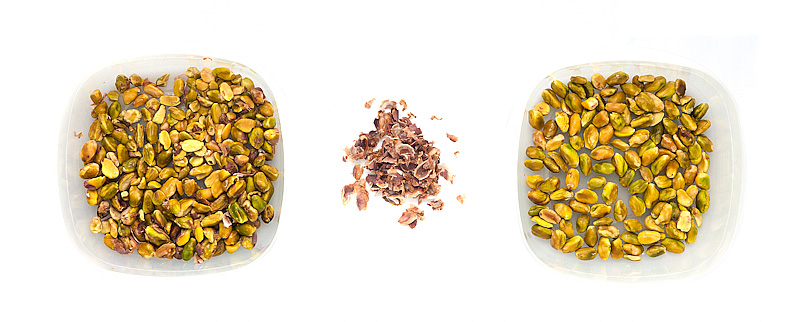

While some pistachios were braising, I cooked others separately in a mixture of water, sugar, salt, and potato. This was pretty neat; the mixture is left to simmer for an hour and a half or so, during which time the starch from the potato cooks out into the water, thickening it. The pistachios become very, very tender, then are blended into sort of a peanut-butter consistency in the blender. The potatoes are removed from the now-thickened cooking liquid, and the liquid is used to loosen up the pistachio butter until it gets to a smooth, puddinglike consistency. I thought this was a pretty clever trick.

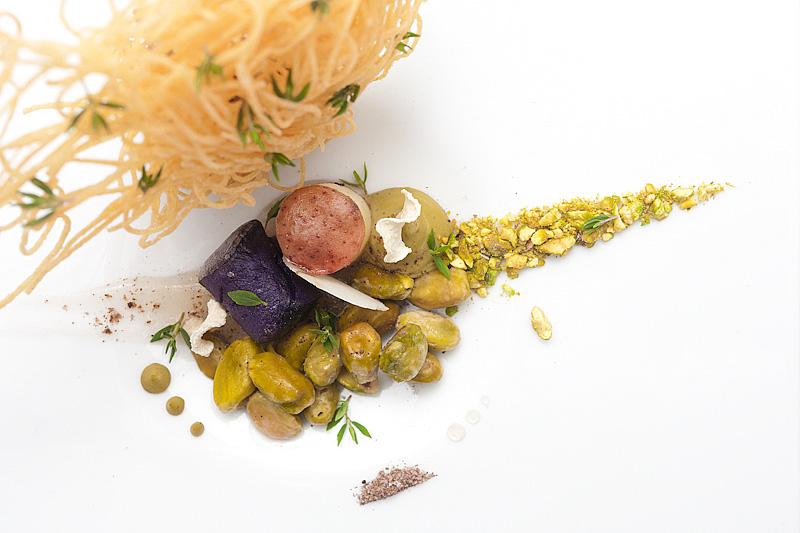
A couple weeks ago, Sarah and I got to (finally) meet David Barzelay at one of his Lazy Bear dinners in SF. I can’t really be effusive enough at how rad this was for me; the vibe is casual and extremely personal and friendly, but the food is some of the best I’ve ever had. It’s imaginative and harmonious and a pretty cool inspiration to get to enjoy. In stark contrast to the “hit the big red emergency button” phenomenon I experienced at Next, David actively invites people to take breaks and even come back into the kitchen to meet him and his team whenever the mood strikes throughout the meal. Taking him up on this invites a warm welcome from them and an excited explanation of whatever it is that’s being done in their kitchen at the moment. This humility and shared acknowledgement of excitement–a willingness of chef and diner to geek out over the thing they’re both really into–resonates deeply with me and is something that’s been much more difficult to forge with the Alinea staff for whatever reason.
Anyway, I’m digressing; one of the most memorable dishes used fresh water chestnuts as an accent and contrasting garnish. I was struck by it because I’d always regarded water chestnuts as those flavorless, crappy filler things in cans of La Choy that my mom would warm up for “sweet and sour chicken” night when I was a kid. These fresh ones bore little resemblance to those; they were light and delicately crunchy — sort of like a very delicate apple — with a mild lovely sweetness reminiscent of both coconut and apple. I found some at Berkeley Bowl when shopping for the rest of the ingredients for this dish, so I snagged them and wanted to make use of them here. I sliced a couple of them into thin discs, and tried dehydrating some of the discs to see what happened. The flavor is largely retained in the dehydrated discs, and they added a nice crunchy little accent to the dish.
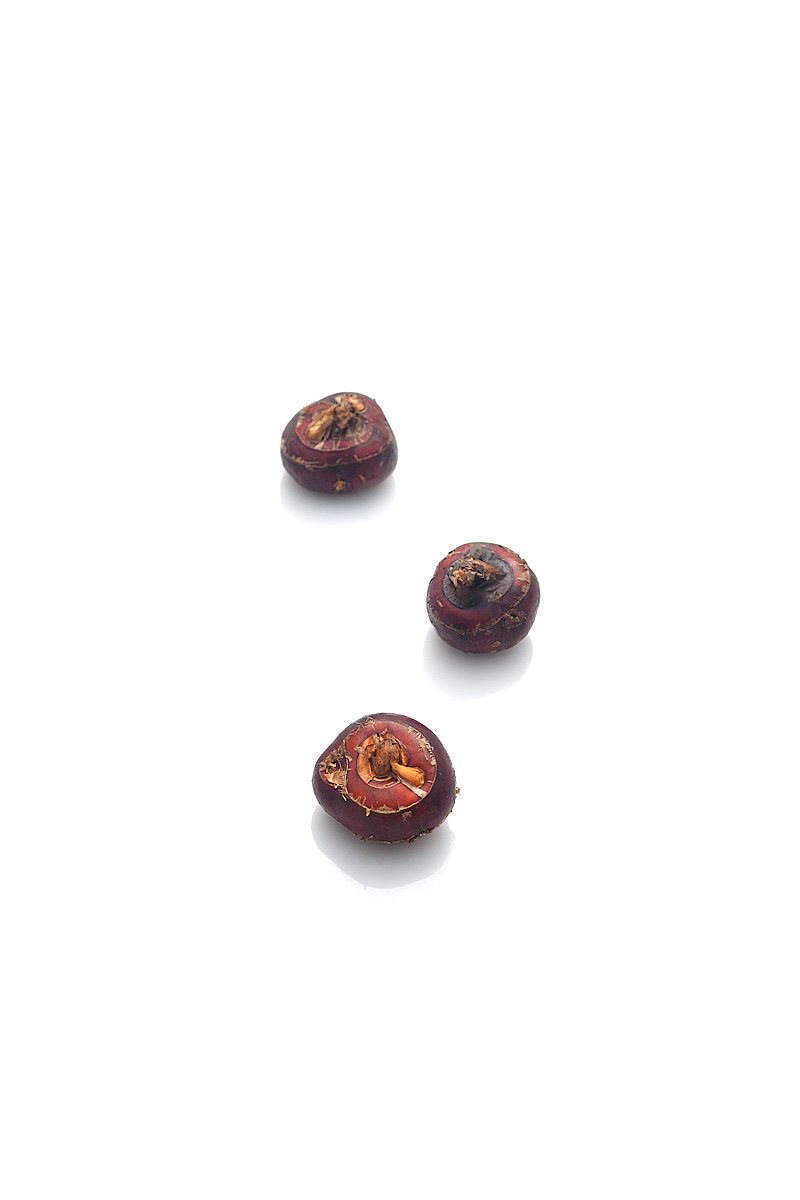

The small potato “plugs” start as marble potatos; I found both red- and purple-skinned potatoes so used both. The potatoes are cooked sous vide with some rendered beef fat (I render off fat from beef scraps whenever I cook with it, and keep a jar of the fat in the fridge, along with pork and duck fats). After an hour or so of cooking, the potatoes are removed and made into cylinders with the aid of an apple corer. They’re then re-warmed in the same fat before service.

Finally, the super-duper fun part. To make Potato Threads, I got to use my Japanese Rotary Slicer (which first saw use here). The slicer on its own produces long thin sheets; I had to buy an add-on kit to swap out some parts for making laces.
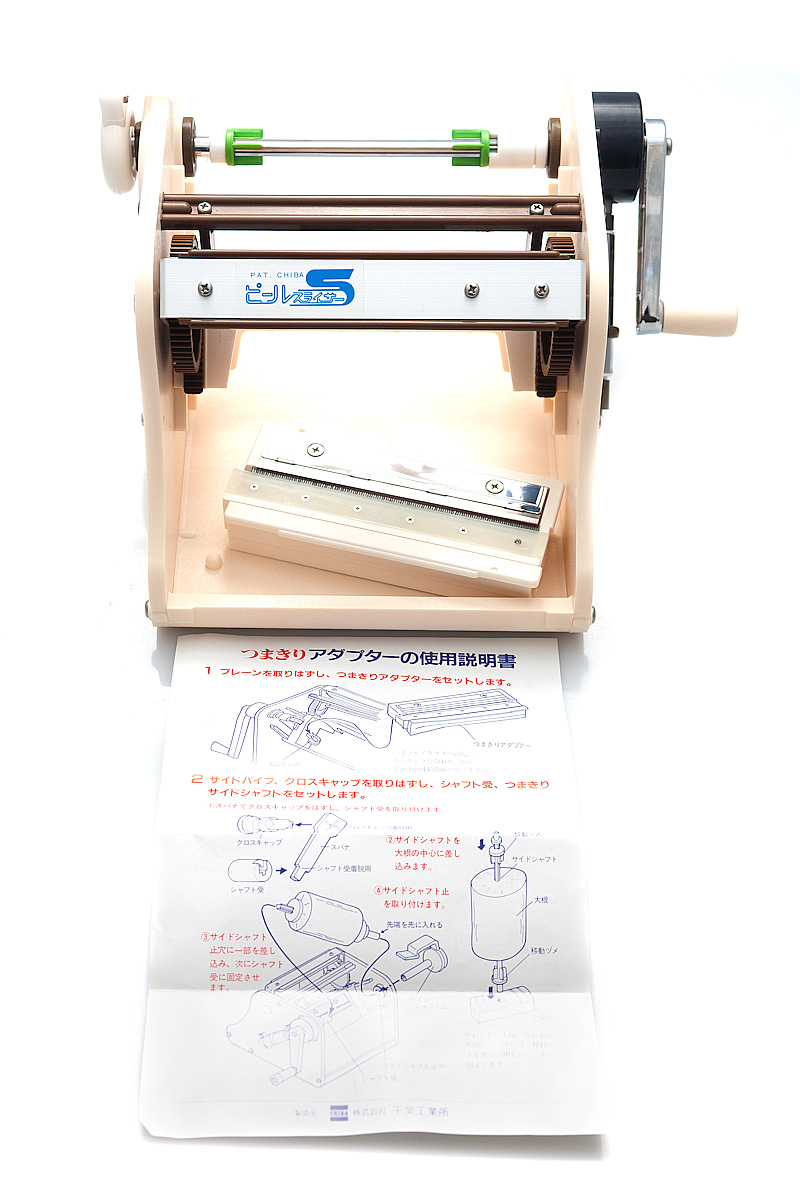
After a bit of rigamarole, I got the new part installed, then took to cutting down a potato. This was just awesome.
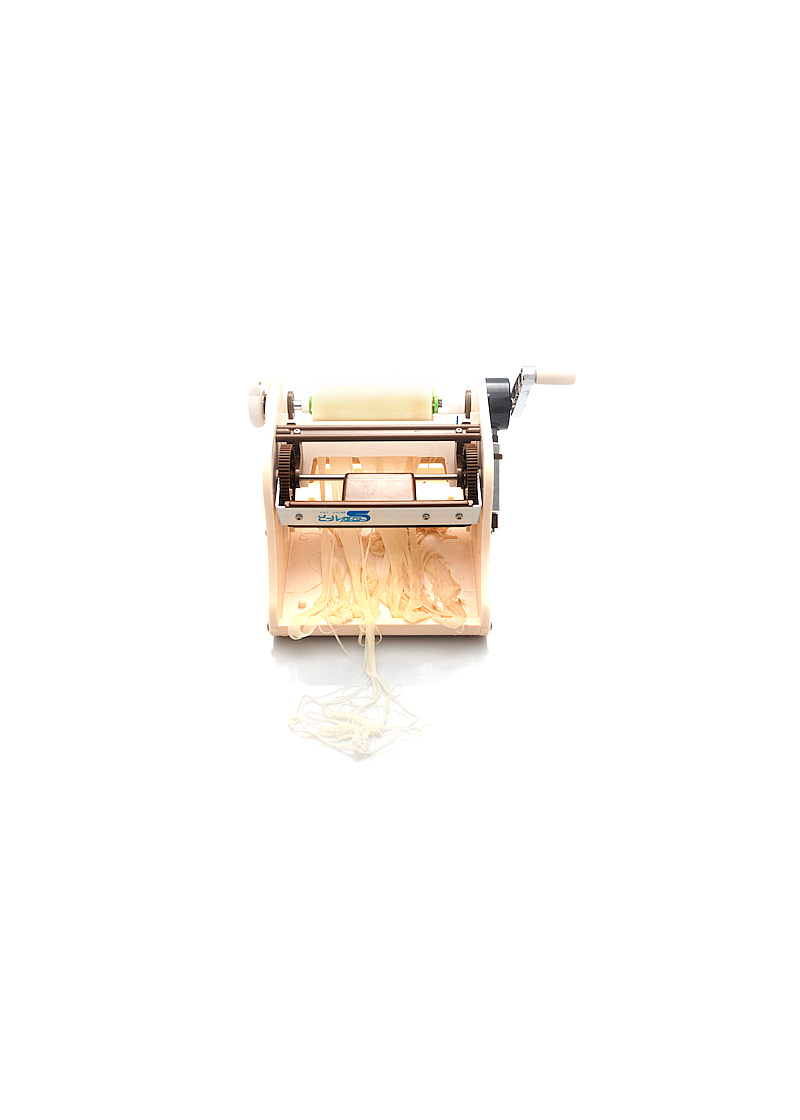
The laces ended up being almost 6′ long each. I rinsed them and stored them in cold water; this makes the laces firm up and curl, which makes them easier to deal with when they’re ready to be used. At that point, I drained them in small handfuls, dusted them in flour, then wrapped them around small bison medallions to form a ‘nest’ shape on top of each portion. I let these sit for a few minutes; during this time the moisture from the meat worked with the flour to help ‘glue’ the laces in place long enough to last through a frying process. It took me several tries to get the shape/sequence of doing this right; it’s pretty tough to control what the laces do once you drop the whole thing into 375F oil.
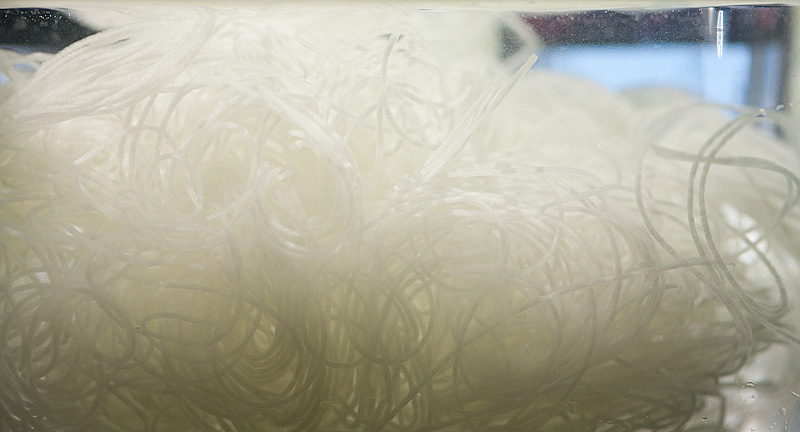
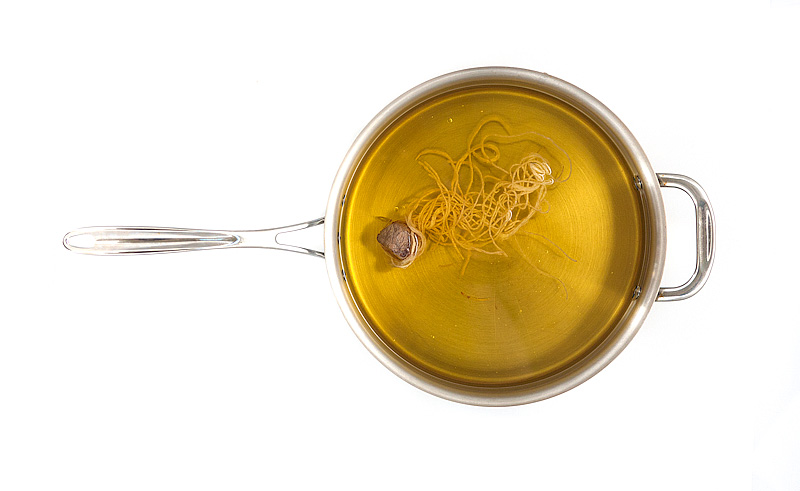
Et voila! A delicate, crispy nest of potatoes!
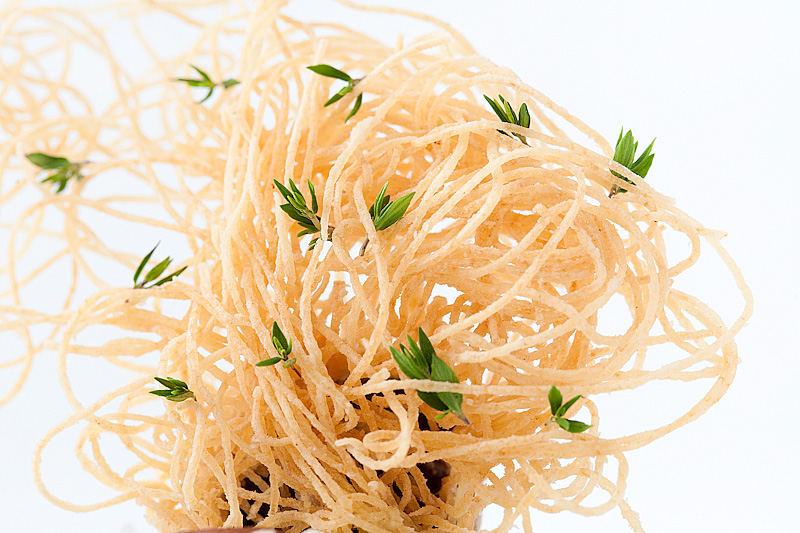
This was as fun to eat as it was to make; the beefy flavors of the meat and potatoes clearly make sense, and the abundant thyme is a nice warming compliment. The pistachio and spices are a neat surprise; I couldn’t have pictured them to work so seamlessly together, but they tasted like a natural fit. The spice powder and gel have a ‘chai tea’-like flavor; neither are particularly sweet (the spice powder is salty, in fact), so it’s interesting how well these spices — normally used in sweet preparations — work in this context.
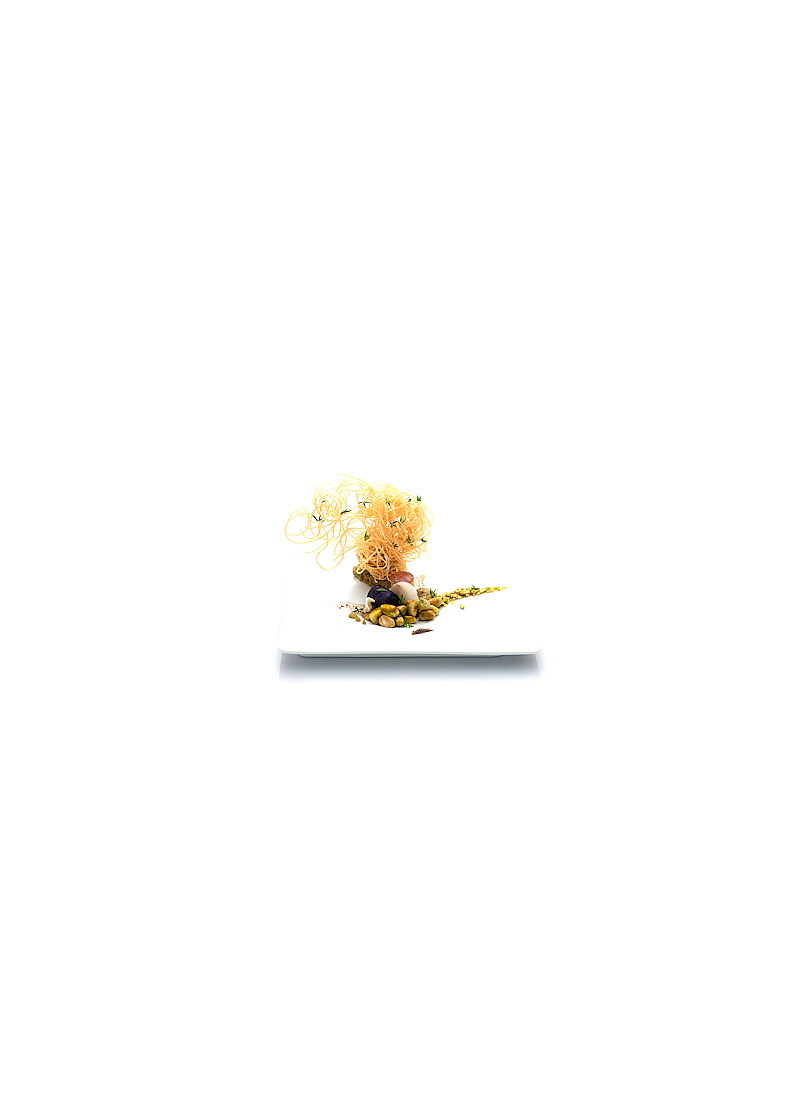
Wow, I think this is one of the most visually striking dishes you’ve put together. Those potatoes! The thyme leaves floating in them, especially in the first couple of photos, look like little birds wheeling and diving in a swirling cloud.